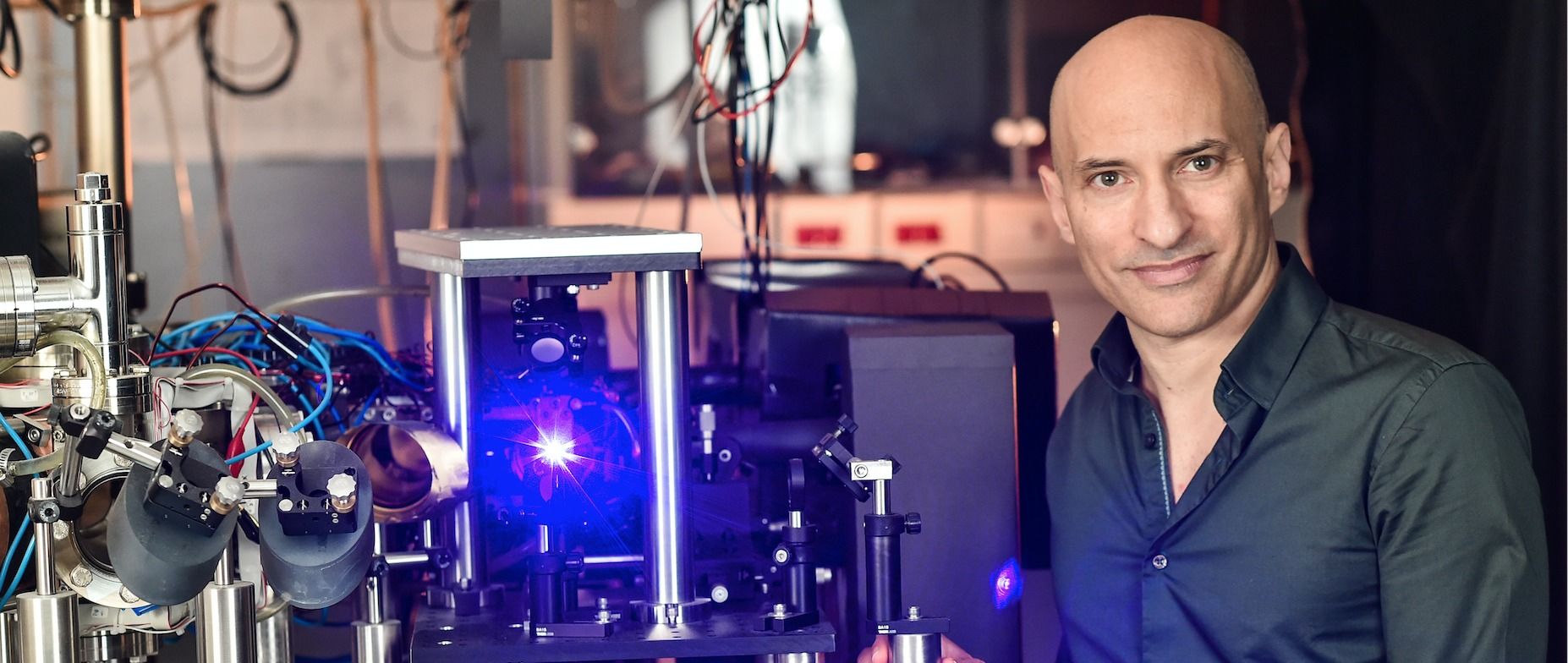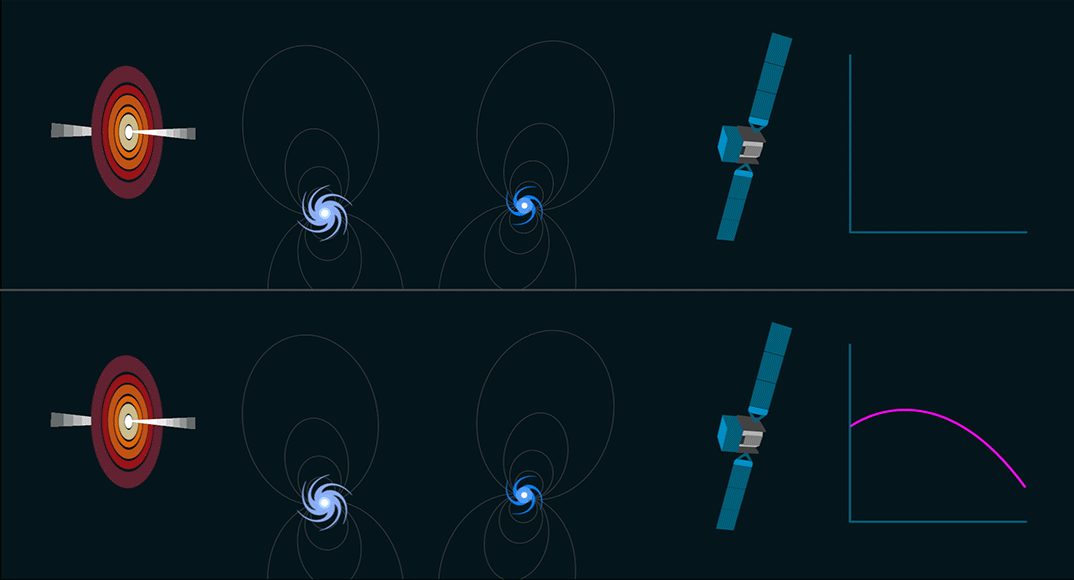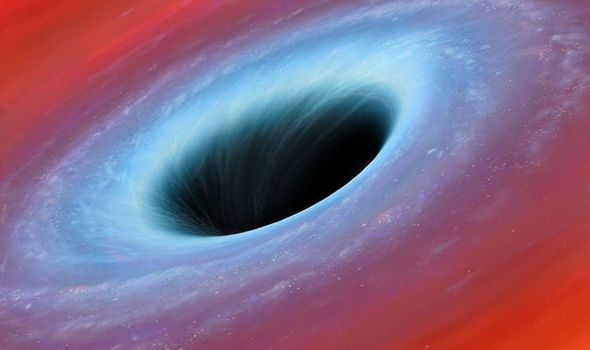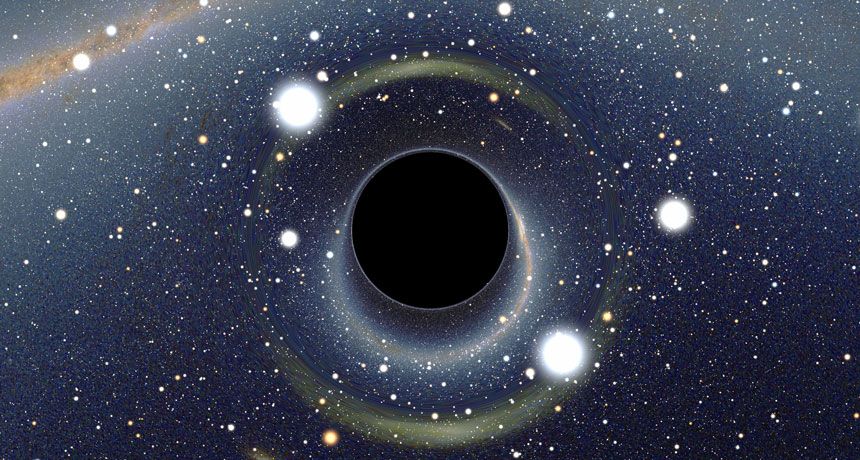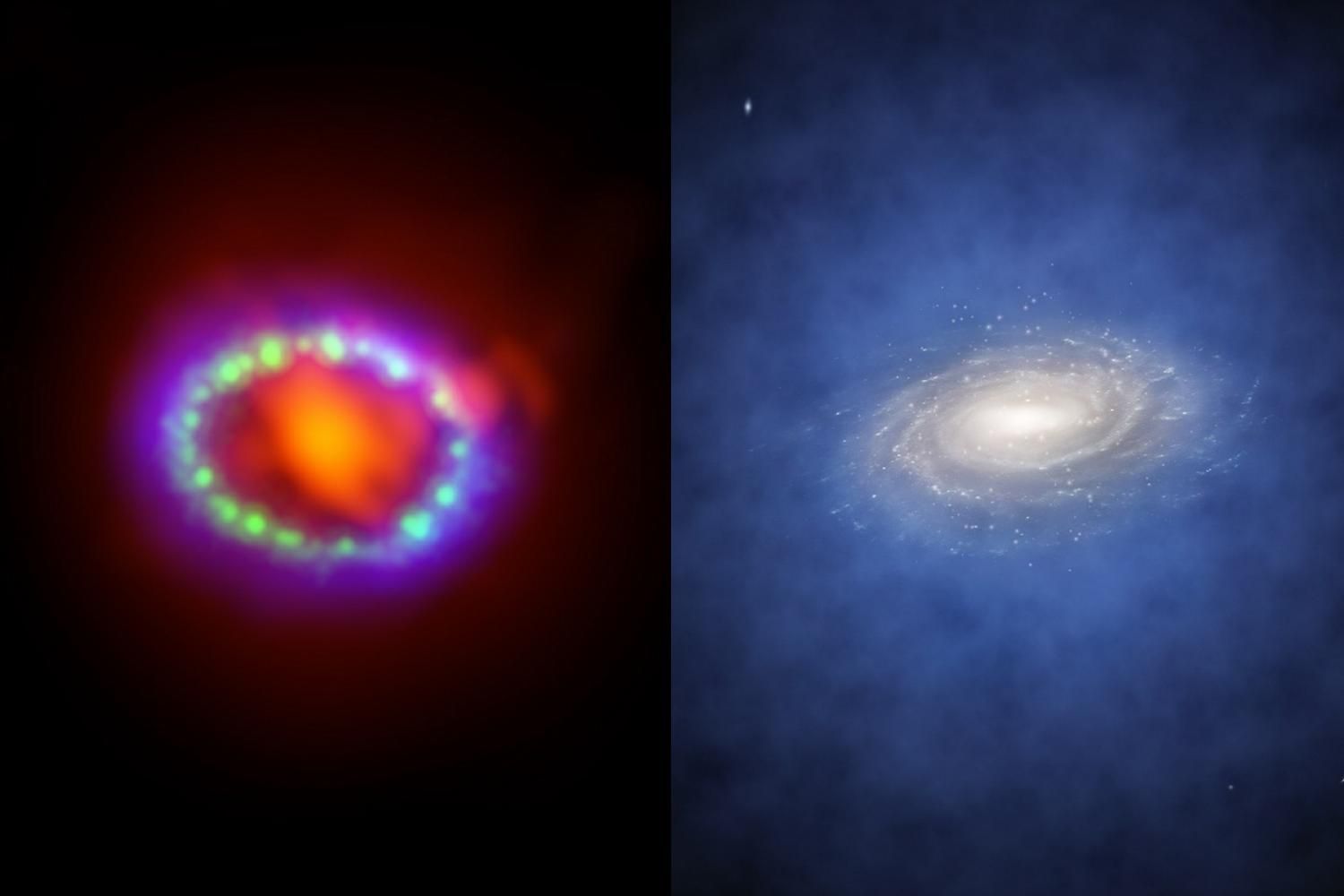Archive for the ‘cosmology’ category: Page 382
Aug 13, 2016
The Closest Supernova Since 1604 Is Hissing At Us
Posted by Sean Brazell in category: cosmology
By examining faint radio emissions from a local supernova remnant, astronomers are learning more about how stars behave before they explode
Aug 12, 2016
NASA’s Fermi mission expands its search for dark matter
Posted by Andreas Matt in categories: cosmology, particle physics
Dark matter, the mysterious substance that constitutes most of the material universe, remains as elusive as ever. Although experiments on the ground and in space have yet to find a trace of dark matter, the results are helping scientists rule out some of the many theoretical possibilities. Three studies published earlier this year, using six or more years of data from NASA’s Fermi Gamma-ray Space Telescope, have broadened the mission’s dark matter hunt using some novel approaches.
“We’ve looked for the usual suspects in the usual places and found no solid signals, so we’ve started searching in some creative new ways,” said Julie McEnery, Fermi project scientist at NASA’s Goddard Space Flight Center in Greenbelt, Maryland. “With these results, Fermi has excluded more candidates, has shown that dark matter can contribute to only a small part of the gamma-ray background beyond our galaxy, the Milky Way, and has produced strong limits for dark matter particles in the second-largest galaxy orbiting it.”
Dark matter neither emits nor absorbs light, primarily interacts with the rest of the universe through gravity, yet accounts for about 80 percent of the matter in the universe. Astronomers see its effects throughout the cosmos—in the rotation of galaxies, in the distortion of light passing through galaxy clusters, and in simulations of the early universe, which require the presence of dark matter to form galaxies at all.
Aug 11, 2016
Dark matter hopes dwindle with X-ray signal
Posted by Andreas Matt in category: cosmology
A previously detected, anomalously large X-ray signal is absent in new Hitomi satellite data, setting tighter limits for a dark matter interpretation.
08/10/16.
CERN.
Continue reading “Dark matter hopes dwindle with X-ray signal” »
Aug 10, 2016
Black holes are portals to another UNIVERSE – but you DON’T want to travel through
Posted by Karen Hurst in category: cosmology
Not for me.
BLACK holes are portals to different parts of the universe – but if anything was to travel through it would be DOOMED.
Aug 10, 2016
Cooling stars hint at dark matter particles
Posted by Andreas Matt in categories: cosmology, particle physics
Aug 8, 2016
Tunnels in spacetime could someday take us to another universe, claims radical theory
Posted by Andreas Matt in categories: cosmology, space travel
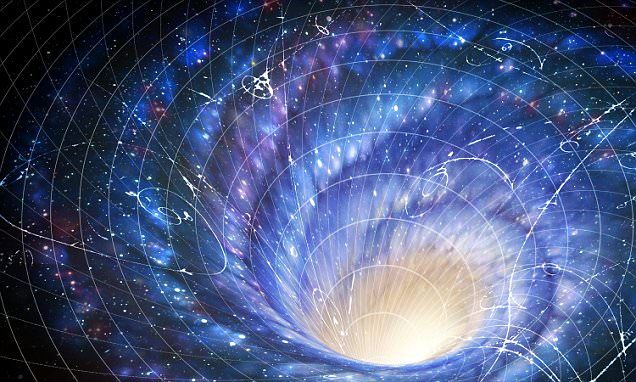
But, using an assumption that a wormhole can be found at the middle of a black hole, a group of Portugese researchers modelled how objects like a chair, a scientist and a spacecraft would be able to withstand the journey through it.
‘What we did was to reconsider a fundamental question on the relation between the gravity and the underlying structure of space-time,’ Diego Rubiera-Garcia, lead author from the University of Lisbon, Portugal, said.
Two analyses indicate that LIGO could have detected black holes that formed just after the Big Bang.
Aug 3, 2016
Elusive neutrinos and hypothetical ‘dark sector’ particles could hold answers to cosmic mysteries
Posted by Andreas Matt in categories: cosmology, particle physics
All material things appear to be made of elementary particles that are held together by fundamental forces. But what are their exact properties? How do they affect how our universe looks and changes? And are there particles and forces that we don’t know of yet?
Questions with cosmic implications like these drive many of the scientific efforts at the Department of Energy’s SLAC National Accelerator Laboratory. Three distinguished particle physicists have joined the lab over the past months to pursue research on two particularly mysterious forms of matter: neutrinos and dark matter.
Neutrinos, which are abundantly produced in nuclear reactions, are among the most common types of particles in the universe. Although they were discovered 60 years ago, their basic properties puzzle scientists to this date.
Somewhere, in the deepest reaches of the cosmos, far from the safe confines of our home galaxy, the Milky Way, lies a monster. Slowly, inevitably, it is pulling. Over the course of billions of years, it draws us and everything near us closer to it. The only force that acts over such immense distance scales and through cosmic periods of time is gravity, so whatever it is, it’s massive and unrelenting.
We call it the Great Attractor, and until recently, its true nature has been a complete mystery. Note that it’s still a mystery, just not a complete one.
The Great Attractor was first discovered in the 1970s when astronomers made detailed maps of the Cosmic Microwave Background (the light left over from the early universe), and noticed that it was slightly (and “slightly” here means less than one one-hundredth of a degree Fahrenheit) warmer on one side of the Milky Way than the other — implying that the galaxy was moving through space at the brisk clip of about 370 miles per second (600 km/s).
Even though astronomers could measure the rapid velocity, they couldn’t explain its origin.
